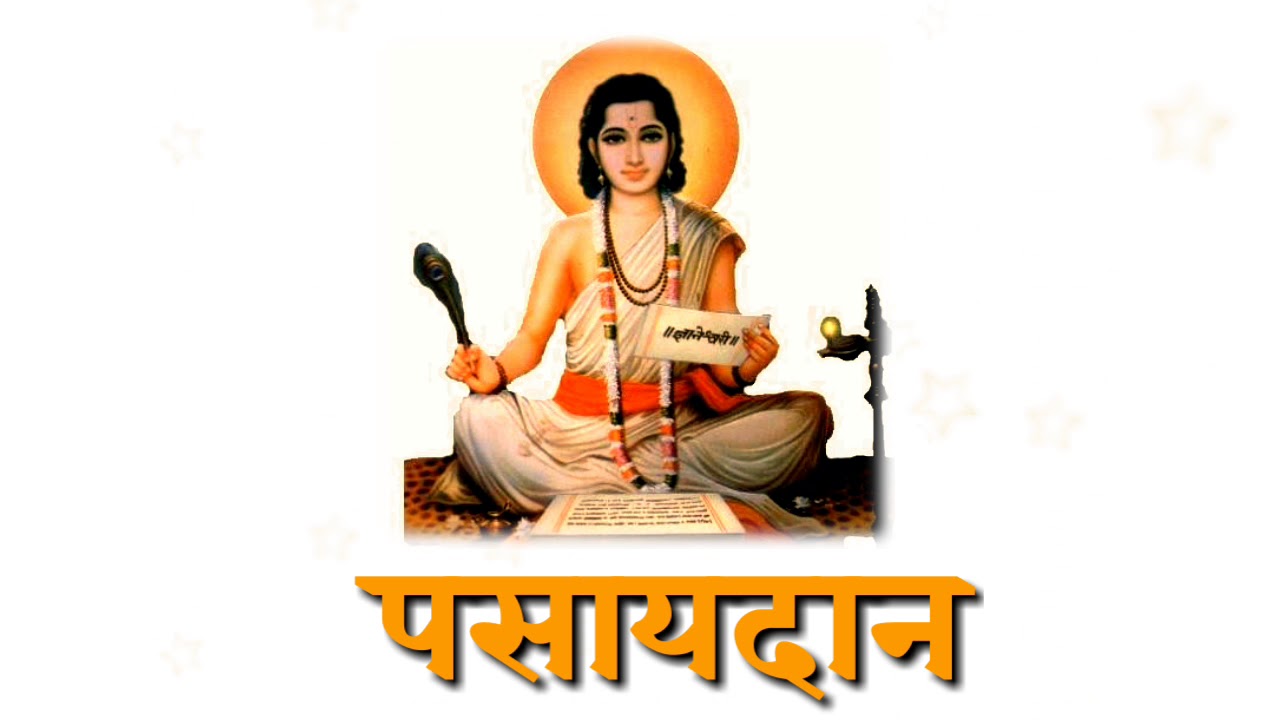


Religious Significance: Mauli threads have a lot of religious significances. Here we will be discussing the different significances associated with the wearing of a Mauli thread and their connection with the ancient scriptures and texts. Akin to other religious rituals in Hinduism, Mauli is an essential factor in conveying our faith and belief in the religion. There are several religious and scientific significances of wearing a Mauli thread. The significance of wearing Mauli threads: Mauli is an auspicious symbol that can purify and sanctify a person. Similarly, in Hindu temples, the idols of God are on the right side and that of Goddesses on the left side. Men wear Mauli threads on their right wrist, and women on their left, to invoke the protective powers of Purusha and Prakriti. Here, Shiva and Parvathi are the representations of Purusha and Prakriti (the universal protective shields). Lord Shiva is on the right side, and Parvathi Devi is on the left side of Ardhanarishwara. In Hinduism, Ardhanarishwhara is a composite image of Lord Shiva and Parvathi. Why do men wear Mauli on their right wrist and women on their left wrist? Another important factor related to Mauli is, men and young girls tie them on their right wrist and married women on their left wrist. You can do it on a Saturday, Tuesday, and also on festive occasions. The day of tying a Mauli is also an essential factor. Its recitation provides the devotee with protection, health, and prosperity. Mantra for tying Mauli: " Om yina baddho balee rajaa, daana vendro mahaa balah tenatvaa mahibadhn aami raksha maachala maachala." The holy person would tie the knots by chanting the mantra to invoke our Sattvik state and also to enhance positivity. A priest or an elderly would tie the Mauli with three knots on the devotee's wrist with the palm facing up. A devotee would offer Mauli to a deity to enhance its positive energy and to ward off any evil forces.

It is essential to spin the thread seven times before tying it on the wrist. How to tie Mauli threads?: Usually, an elder member of a family or the priest ties the Mauli before or after a religious ceremony. It also has the property to stimulate the spiritual energy conveyed by the yellow thread. Red is a representation of long life and protection against evil forces. Maulis are mostly a combination of red and yellow threads. They are sanctified and made from cotton yarns. They are known as Kalava, Rakshasutra, Mouri, Kautuka, and Charadu. In India, Mauli threads have different names in diverse cultures. Lord Shiva is known as Chandra Mauli because He has a crescent moon on His matted head. Etymologically, Mauli is a Sanskrit word, which means crown or above all. Mauli or Kalava threads are profound symbols of identity in Hinduism.


 0 kommentar(er)
0 kommentar(er)
